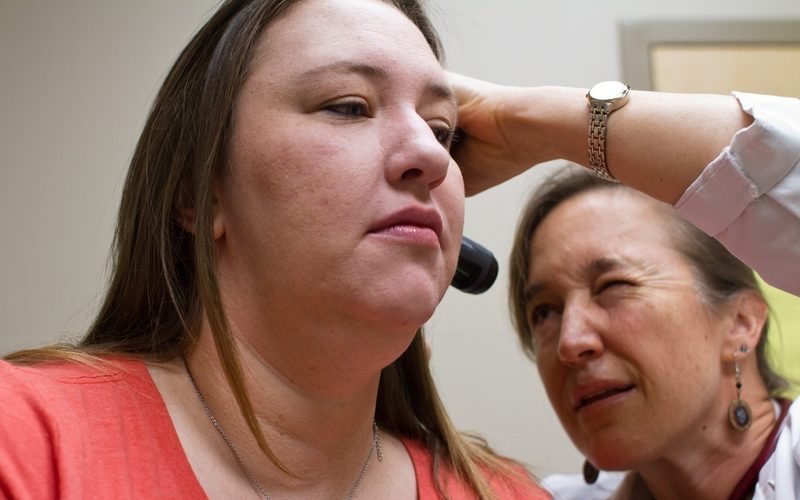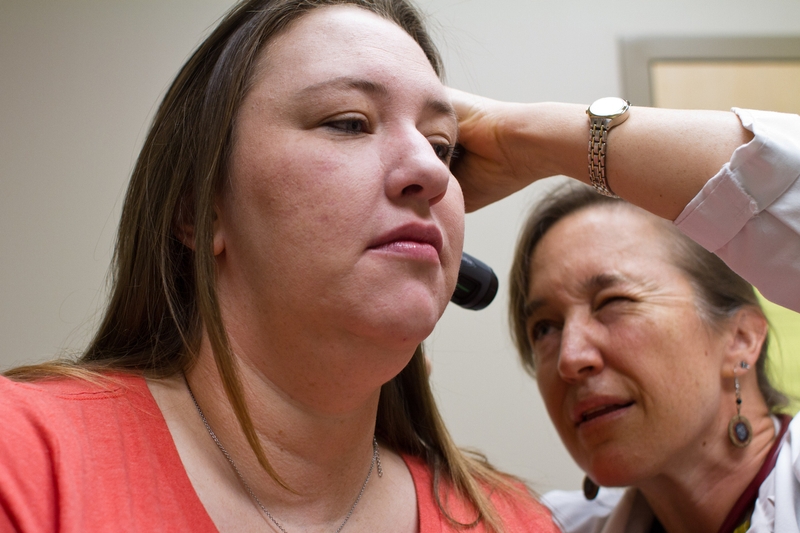This post originally was published in the Health Affairs blog
About 60 million Americans live in rural areas. And almost every health statistic shows they’re falling behind their fellow Americans who live in urban areas. Rural residents are less likely to have health insurance coverage through a job, have lower incomes, and have higher rates of death from heart disease and stroke.
However, there’s not only a health gap widening between urban and rural areas. There’s also a growing gap between the way systems of health work in different areas of the country.
As reported in a recent EHF study, 17 rural hospitals in Texas have closed since 2010. After EHF released the report this May, two more rural hospitals—East Texas Medical Center Trinity in Trinity, Texas, and Timberlands Healthcare in Crockett, Texas—announced their closures. At EHF, we have followed with great interest the changes and challenges in rural health care, and particularly the impact on rural communities when their hospitals close.
We believe the financial pressures experienced by rural hospitals are likely to continue. As a philanthropy serving both rural and urban communities, EHF wanted to understand in this study how rural communities threatened by hospital closures could ensure that a reliable system of health care services would be accessible to residents, should their hospital close.
We knew this was a complicated problem that required critical analysis to develop practical solutions. We were fortunate to partner with a great team at the Rural and Community Health Institute (RCHI) at Texas A&M University. The team is led by Nancy Dickey, a visionary rural health leader, researcher, and former American Medical Association president.
The recently released report from Dickey and her team is titled What’s Next? Practical Suggestions for Rural Communities Facing a Hospital Closure. It’s a powerful narrative on the opportunities for rural communities to optimize their health care delivery systems in the face of hospital closures.
The RCHI team challenges conventional policy conversations and goes beyond solely focusing on a community losing a hospital. Instead, the authors look at the problem through a geographic lens and focus on what are the available health resources in the affected areas. The report finds that a regional approach is key to developing health care alternatives for rural communities, such as expanding telemedicine options, converting a former hospital into a freestanding emergency department, or establishing new rural health clinics.
The report finds that telemedicine is especially applicable to rural communities because it not only increases access and expands the breadth of care, but it reduces costs and patients’ travel. In addition, rural areas in Texas and across the country face a lack of specialized physicians. RCHI researchers discovered that telemedicine partnerships with academic health centers could be a potential solution for keeping a wider range of patients needing specialty care near home while still receiving state-of-the-art care.
These telemedicine options demonstrate why the overall question for rural communities facing a hospital closure to ask is not “to close or not to close,” but more importantly, does the health care delivery system before and/or after a possible closure meet the community’s needs?
Rural areas of Texas are as unique as the residents themselves. The RCHI team argues that a comprehensive assessment of each area and its unique characteristics and needs is paramount to identifying solutions to the problems of access to health care. There must be a balance between fiscal reality and community priorities. There also must be a community conversation that goes beyond simply, “You can’t close MY hospital!”
RCHI researchers suggest several possible solutions to hospital closures, including a menu of alternatives for providing a continuum of care to address each community’s health care needs. This information may be useful in other states.
We invite policy makers, philanthropies, and community stakeholders to read the report to better understand the challenges faced by rural populations. By moving beyond the narrow focus on hospital closures, communities can begin to optimize the rural health care delivery system. It’s the first step in working together to find new solutions to rural health concerns and to close the striking health disparities gap facing rural residents.

